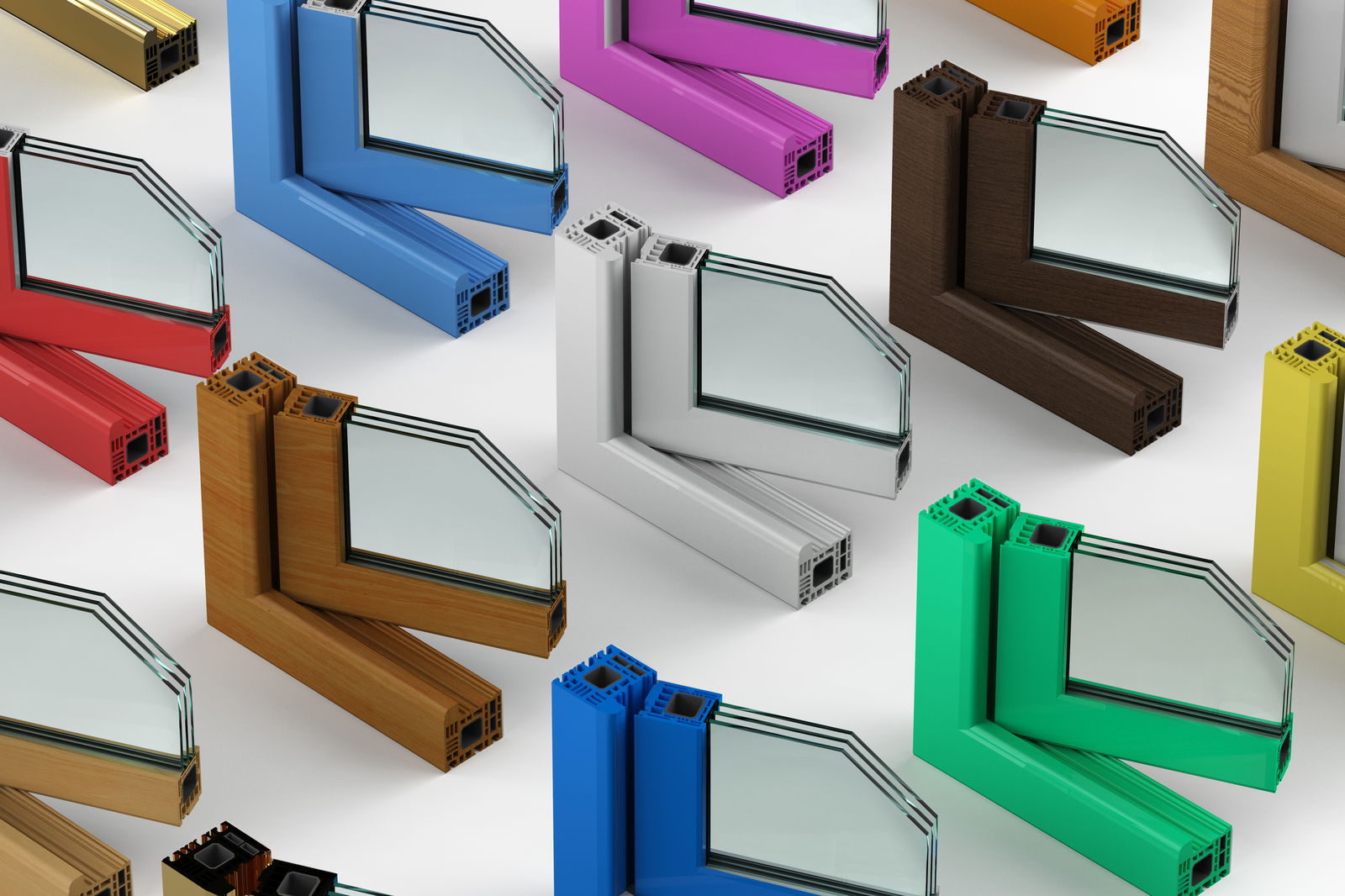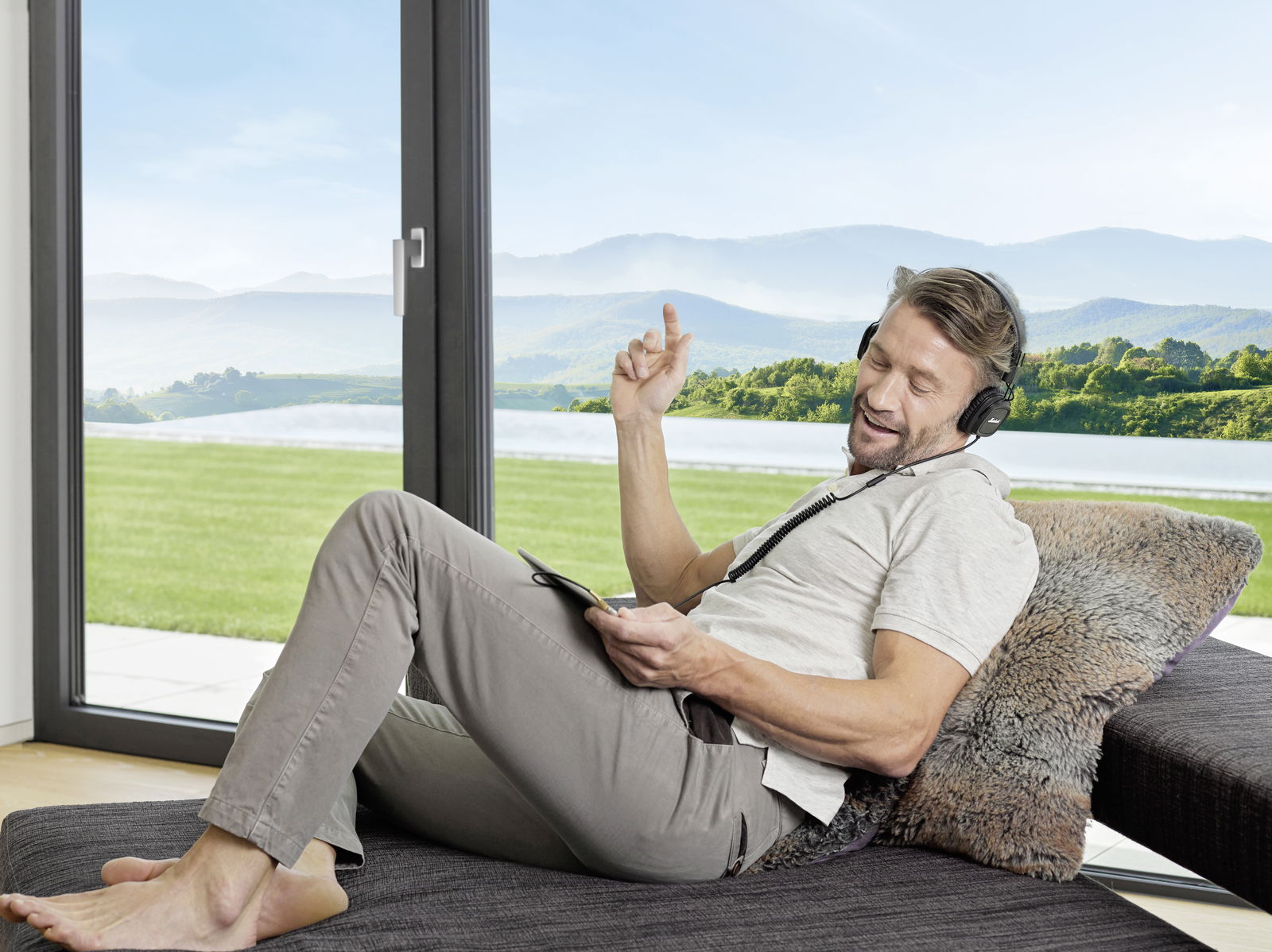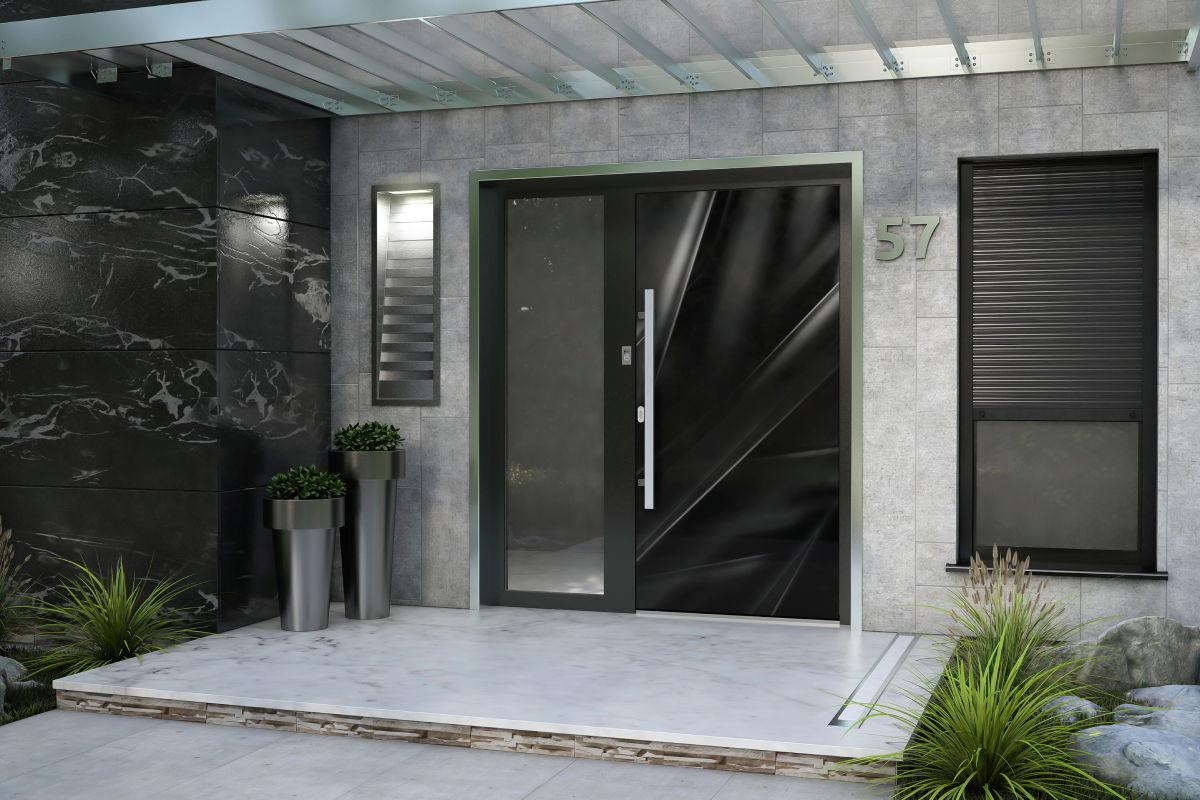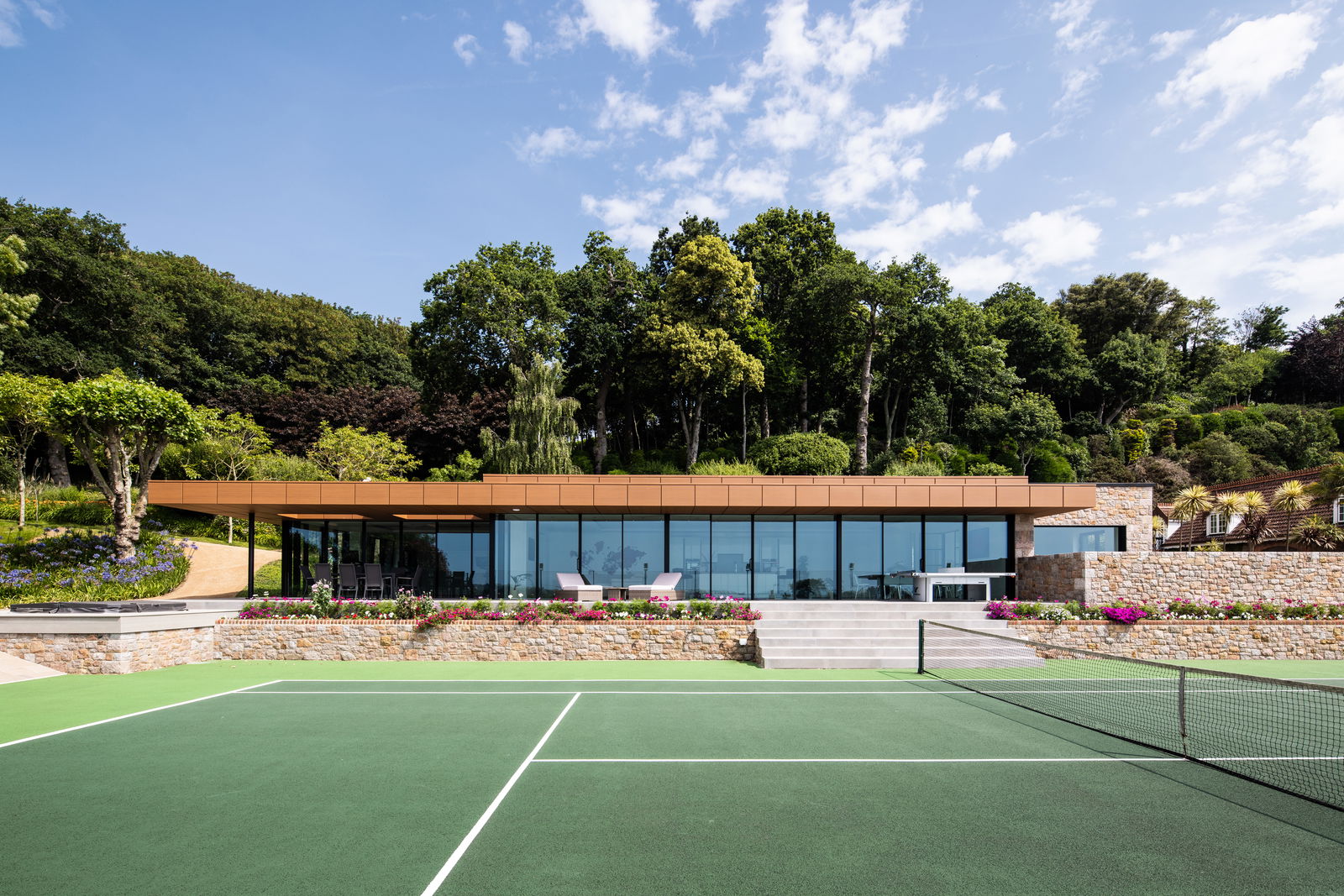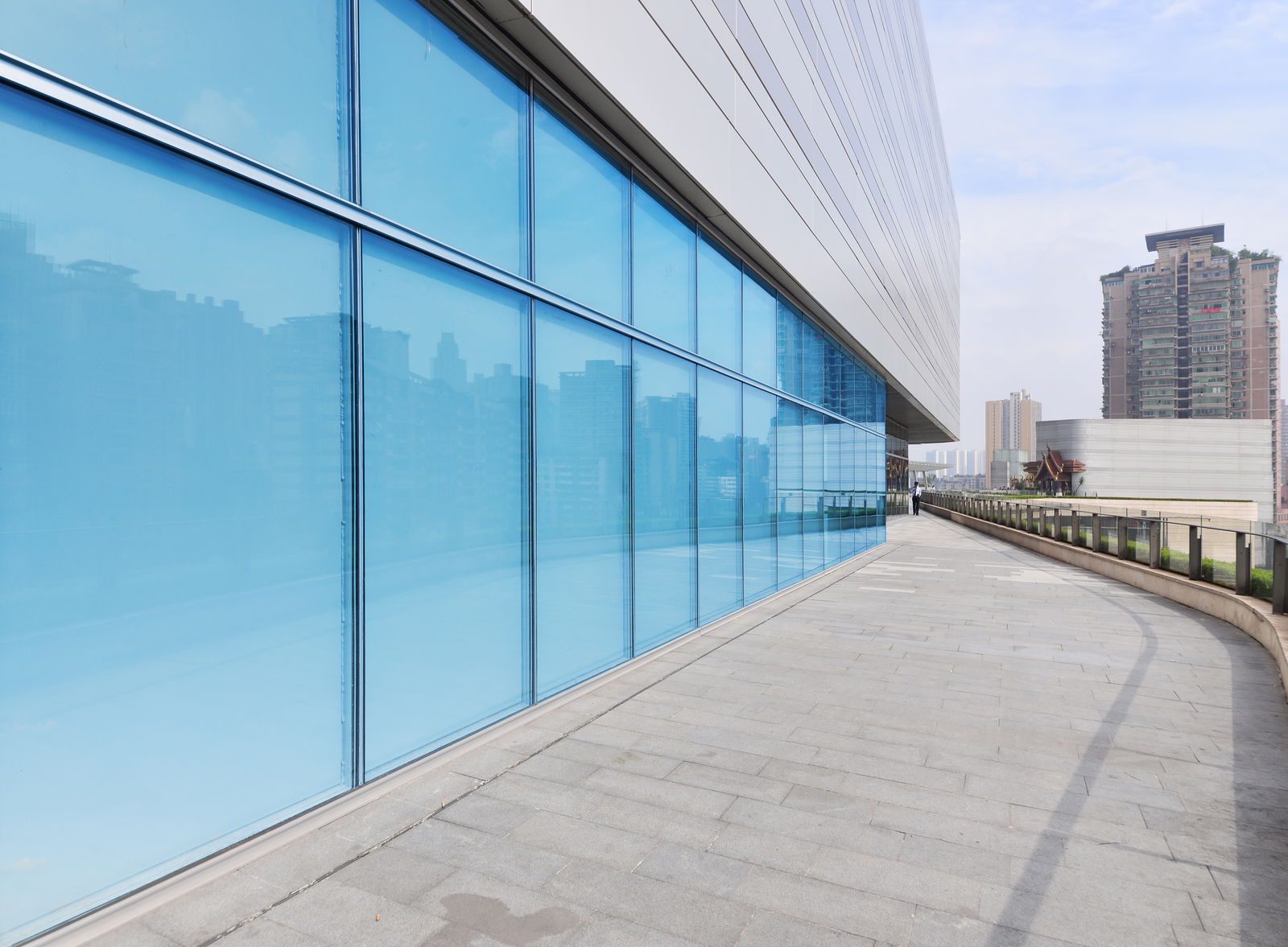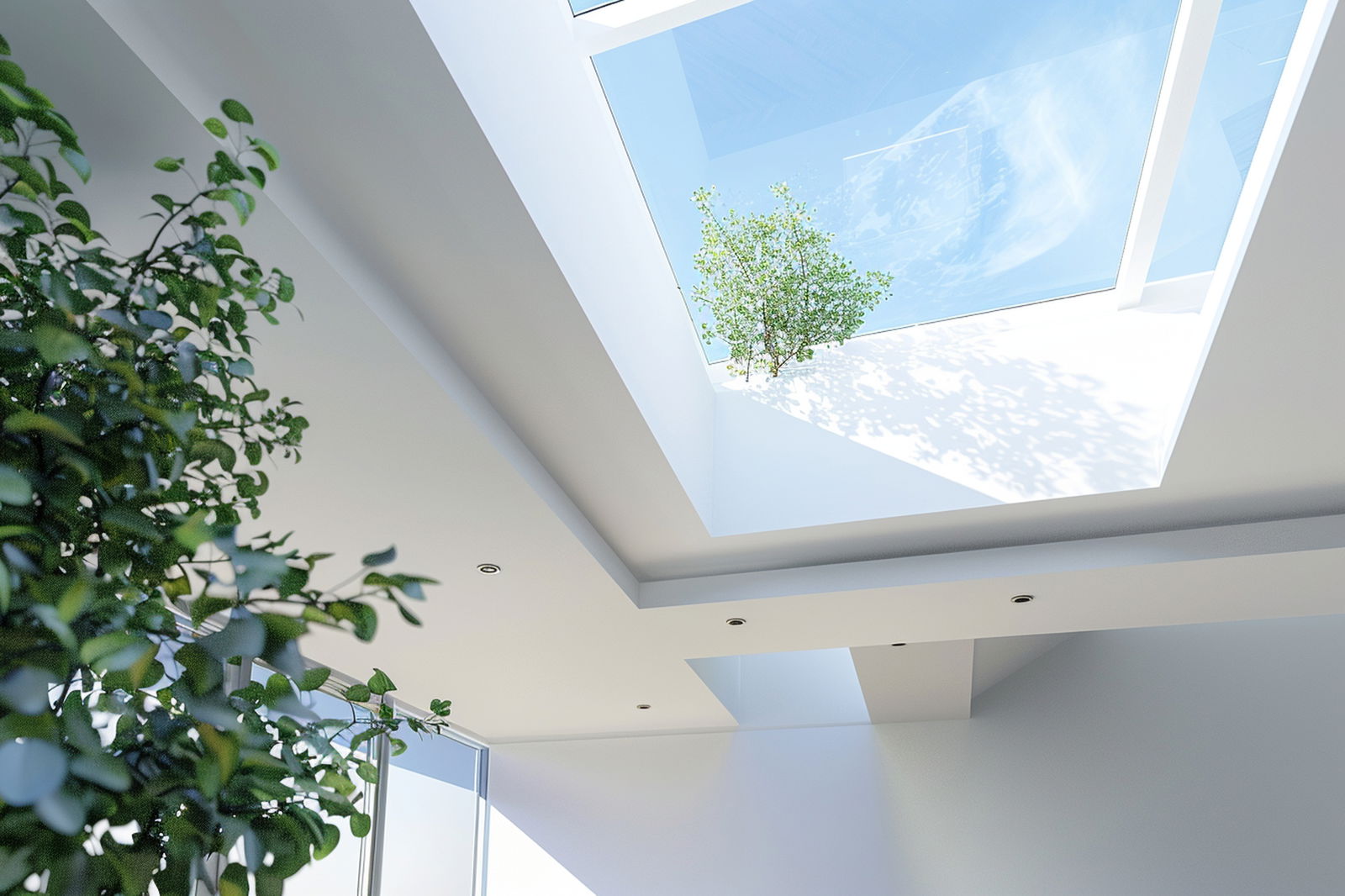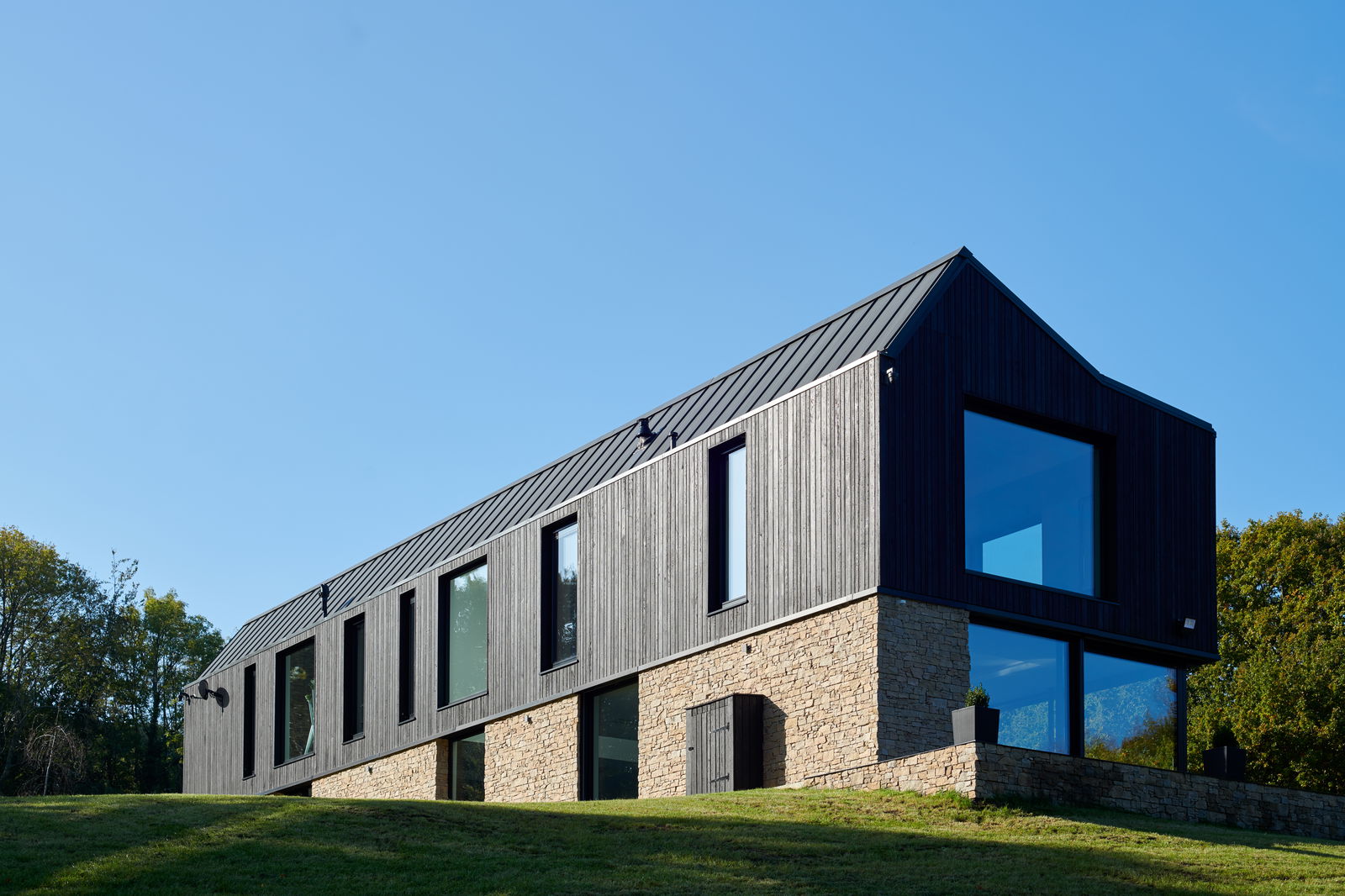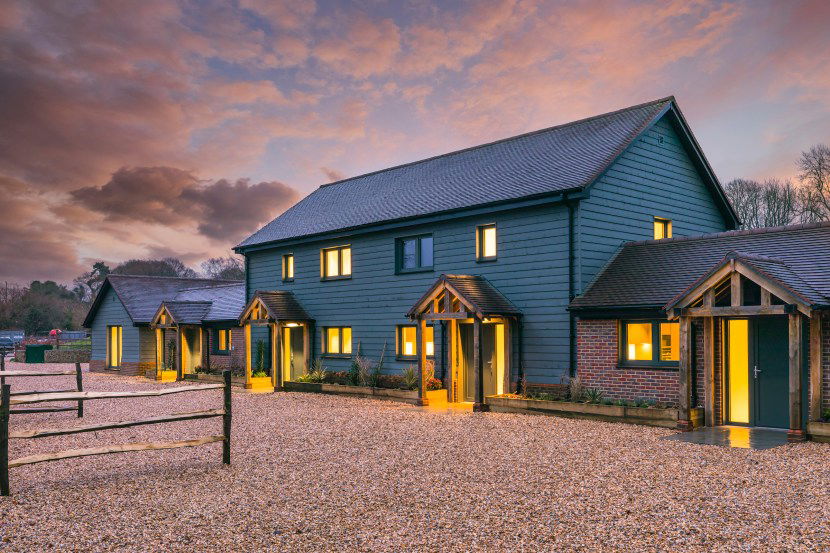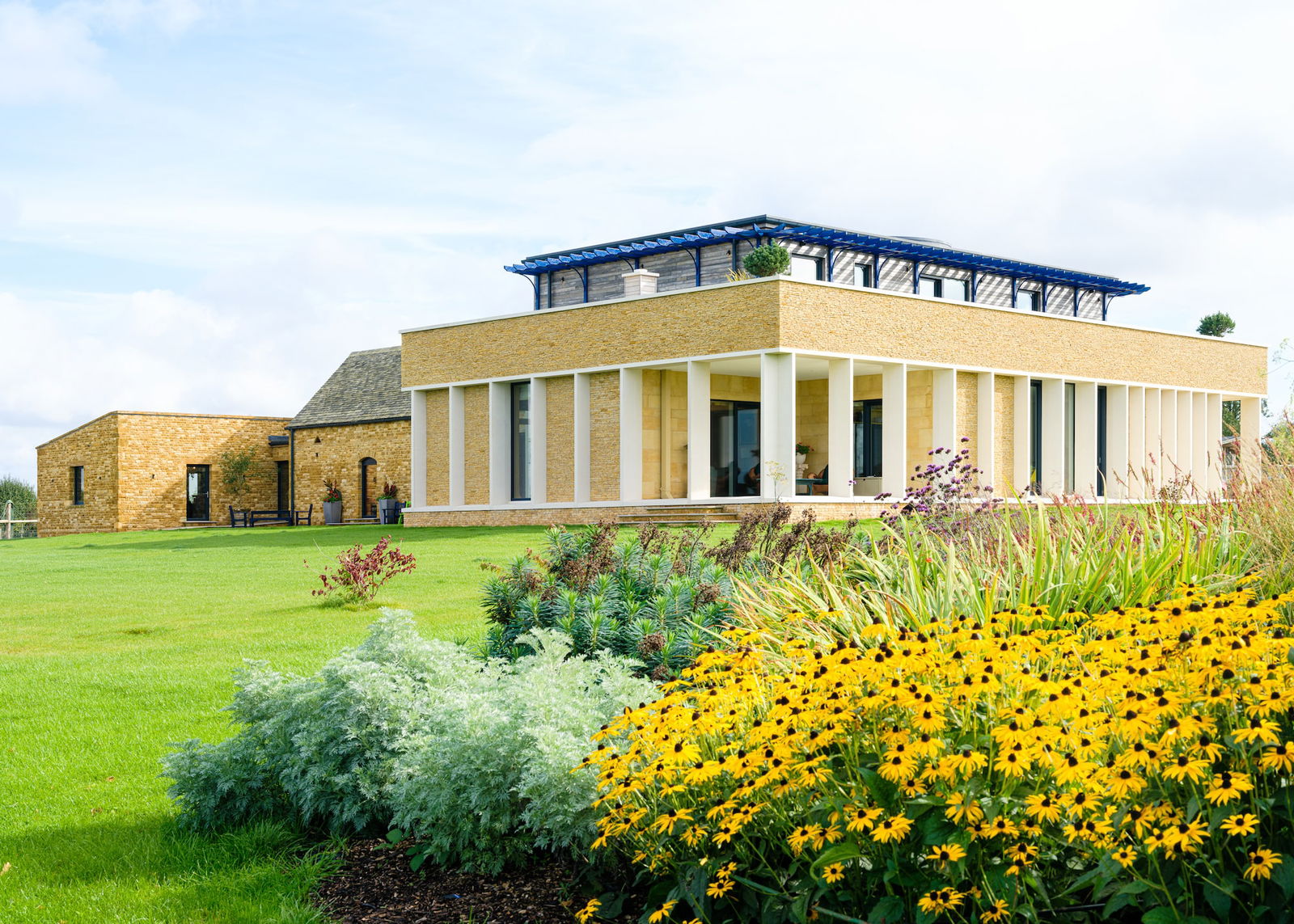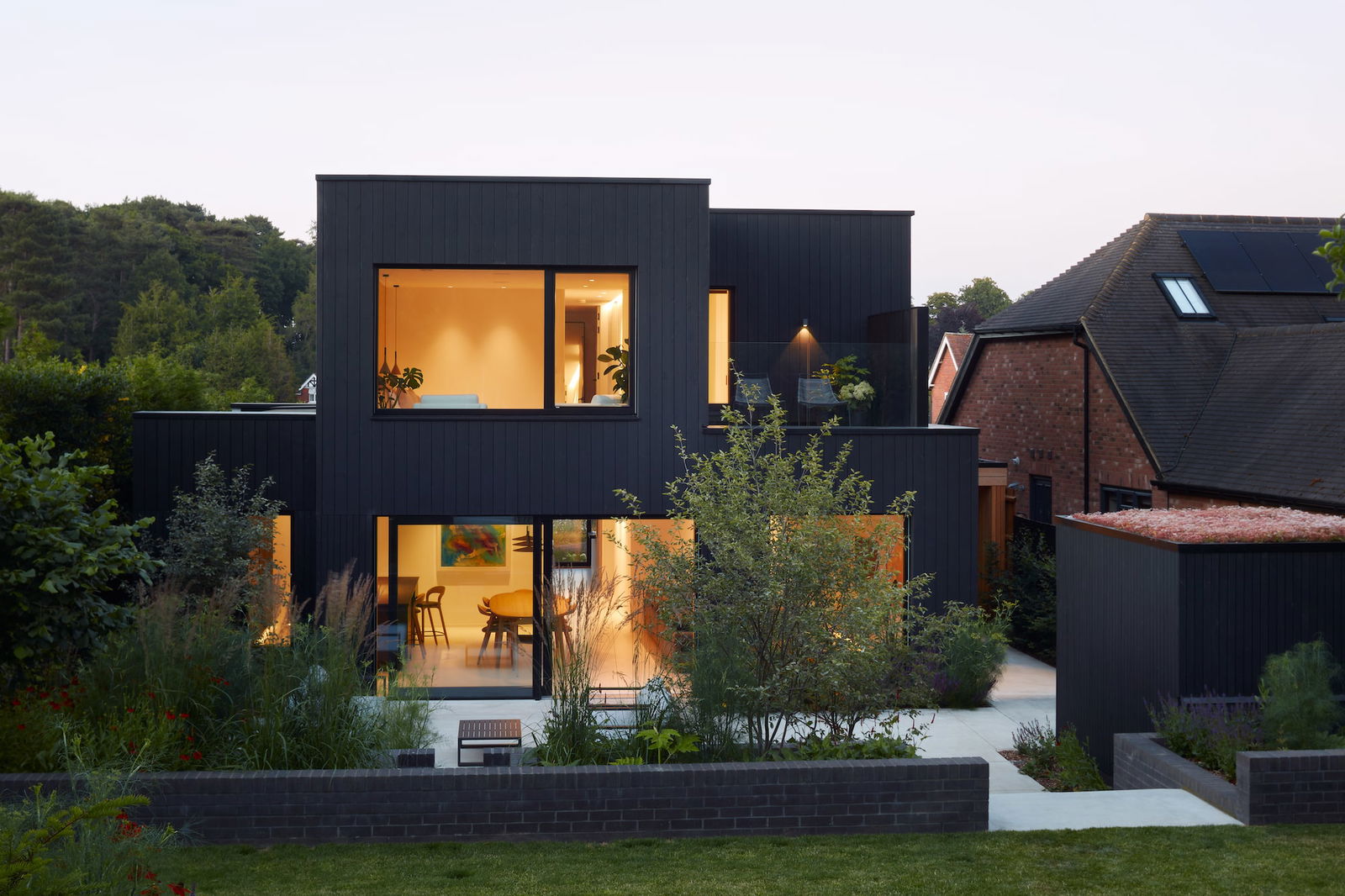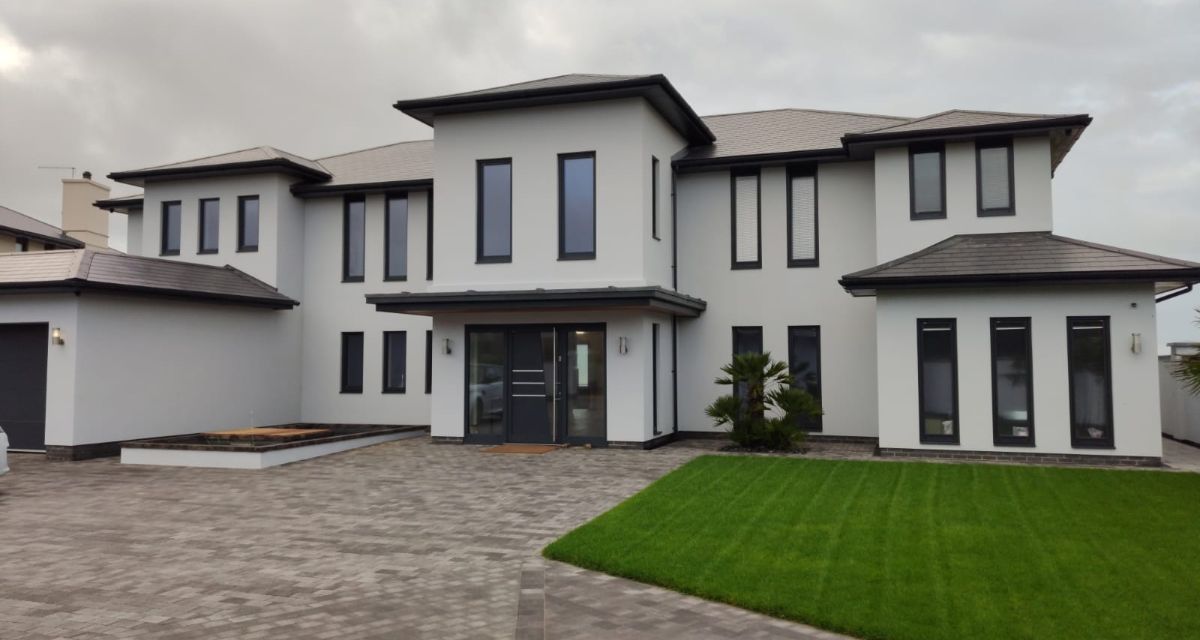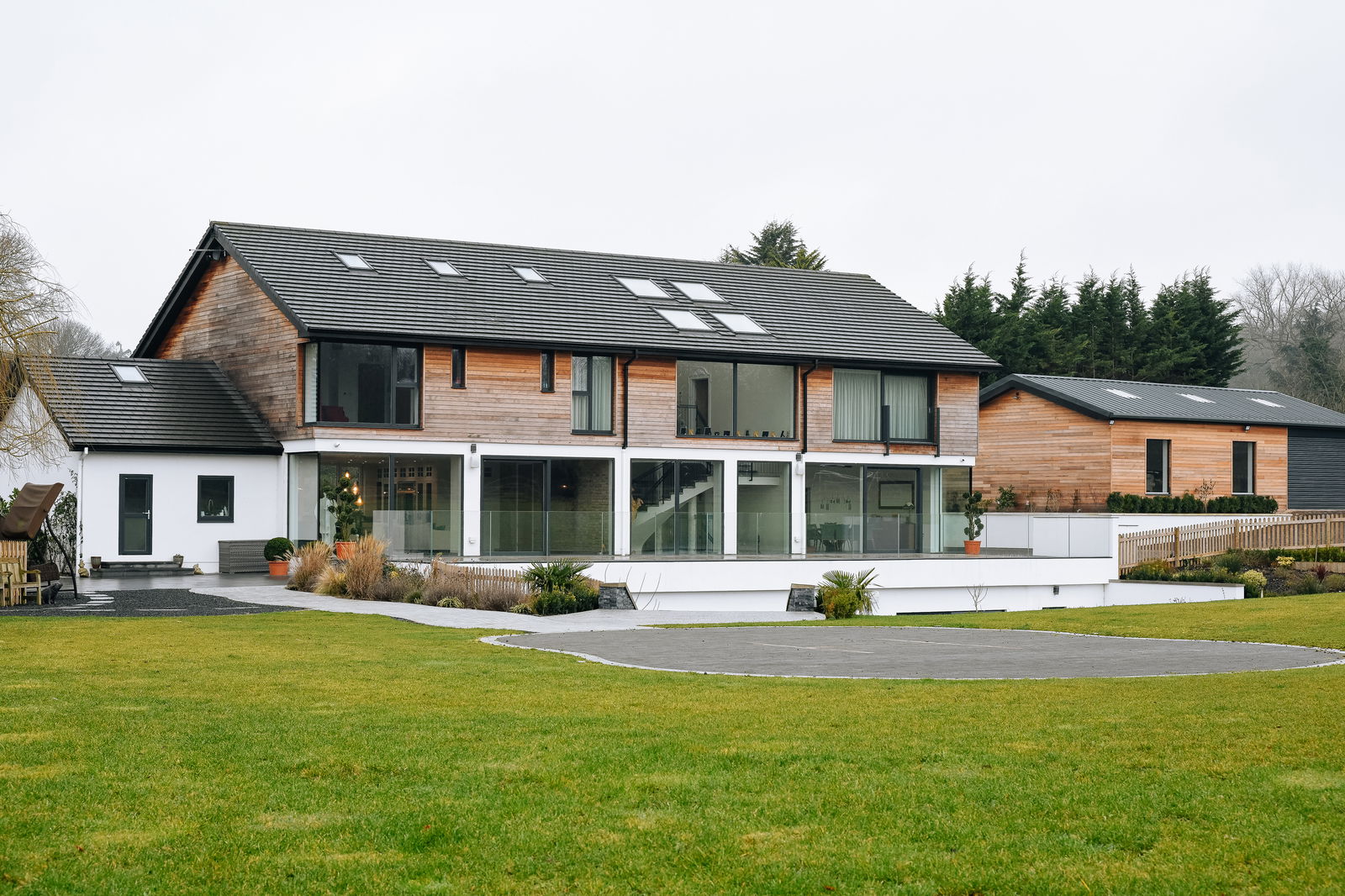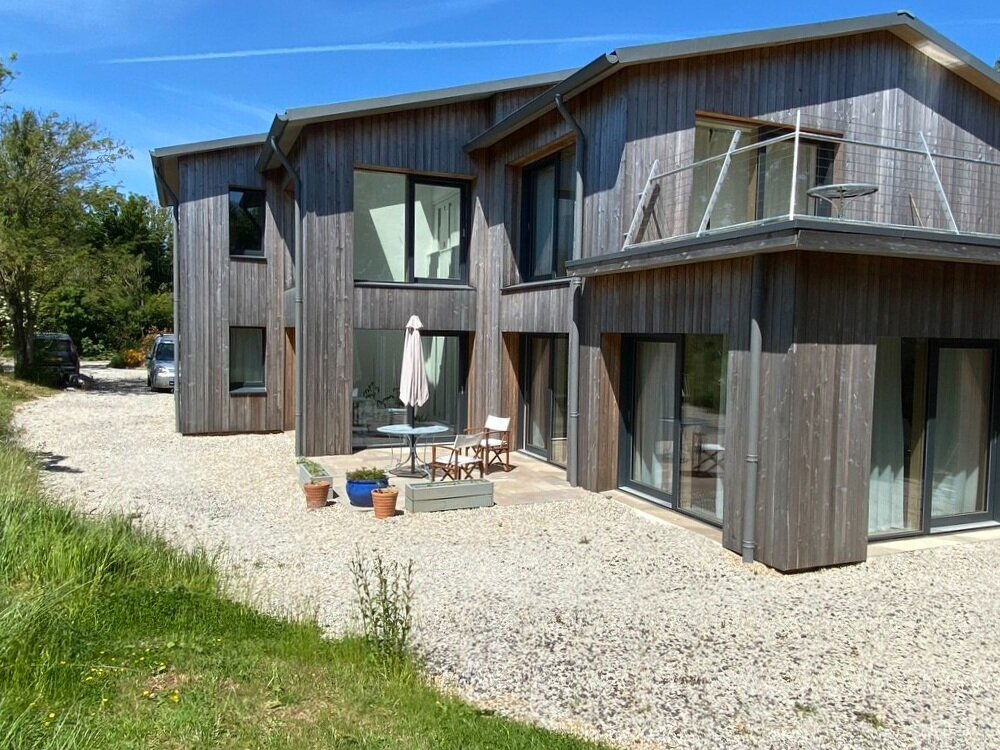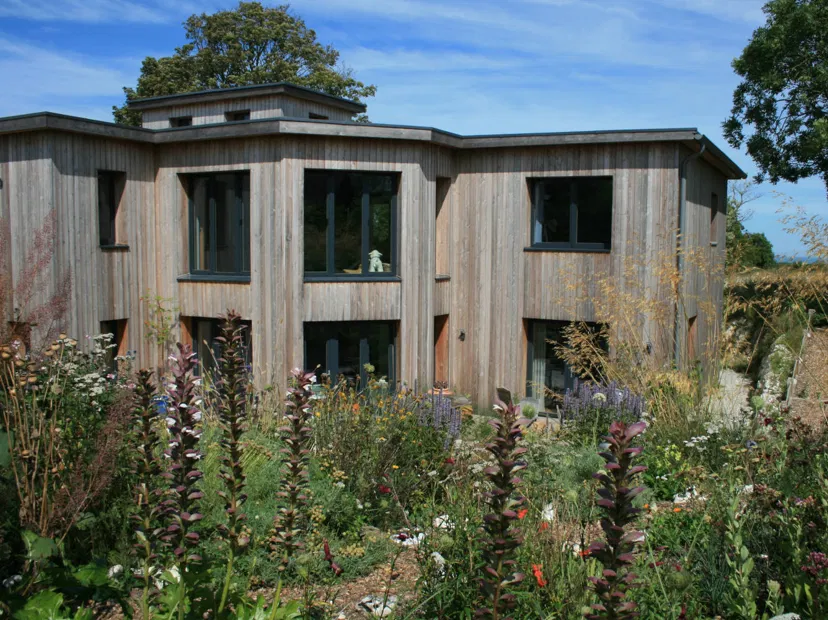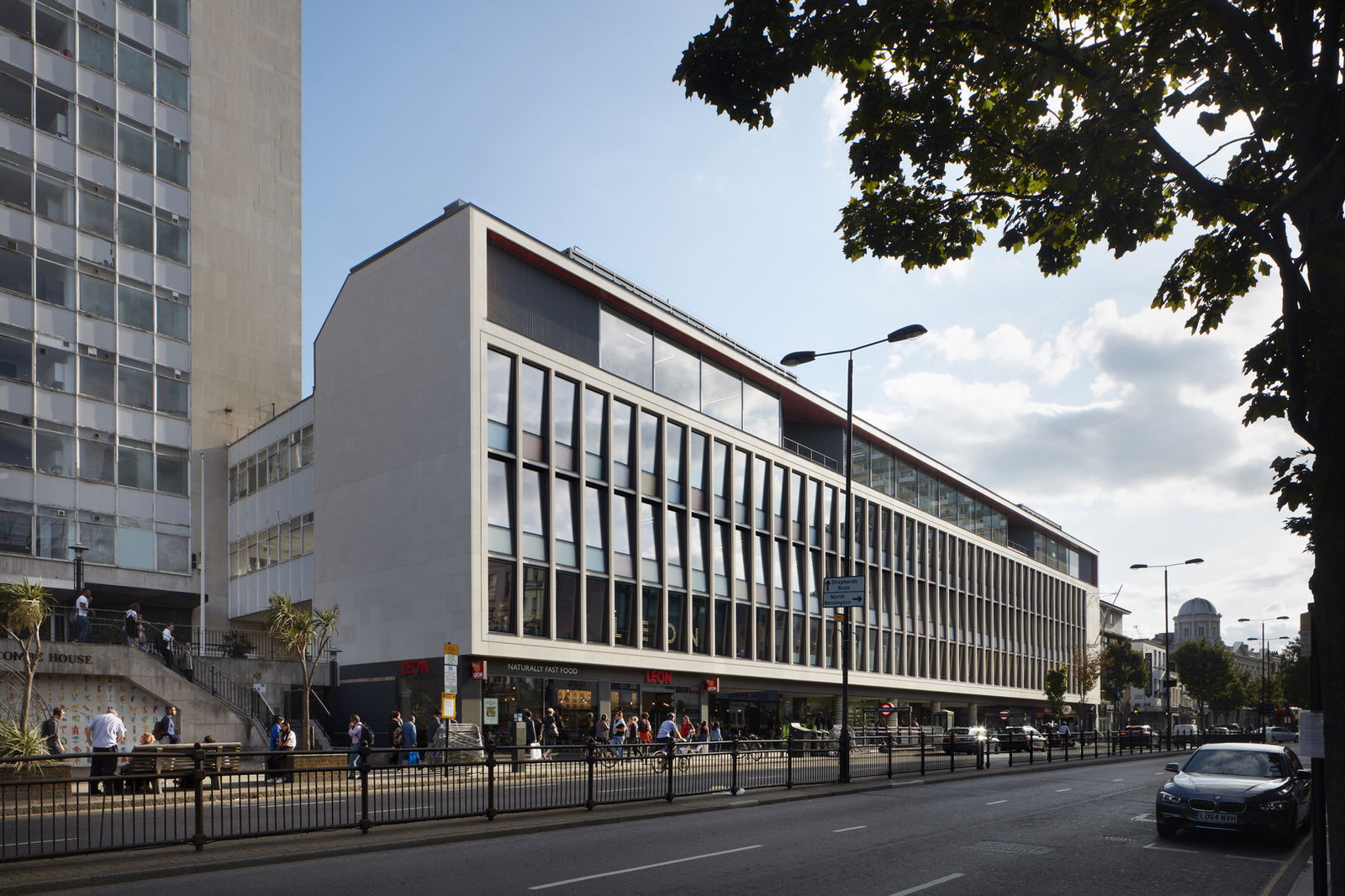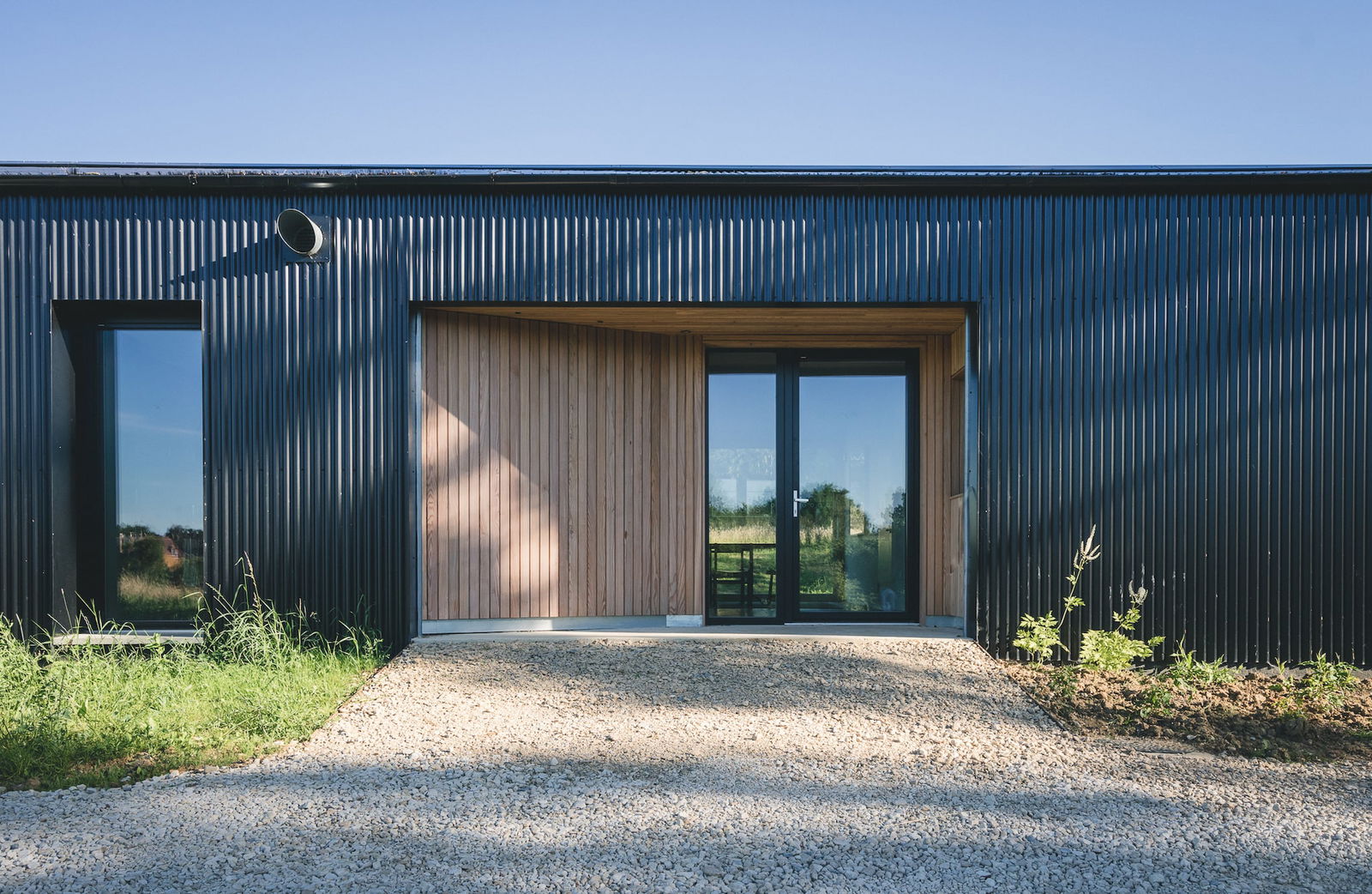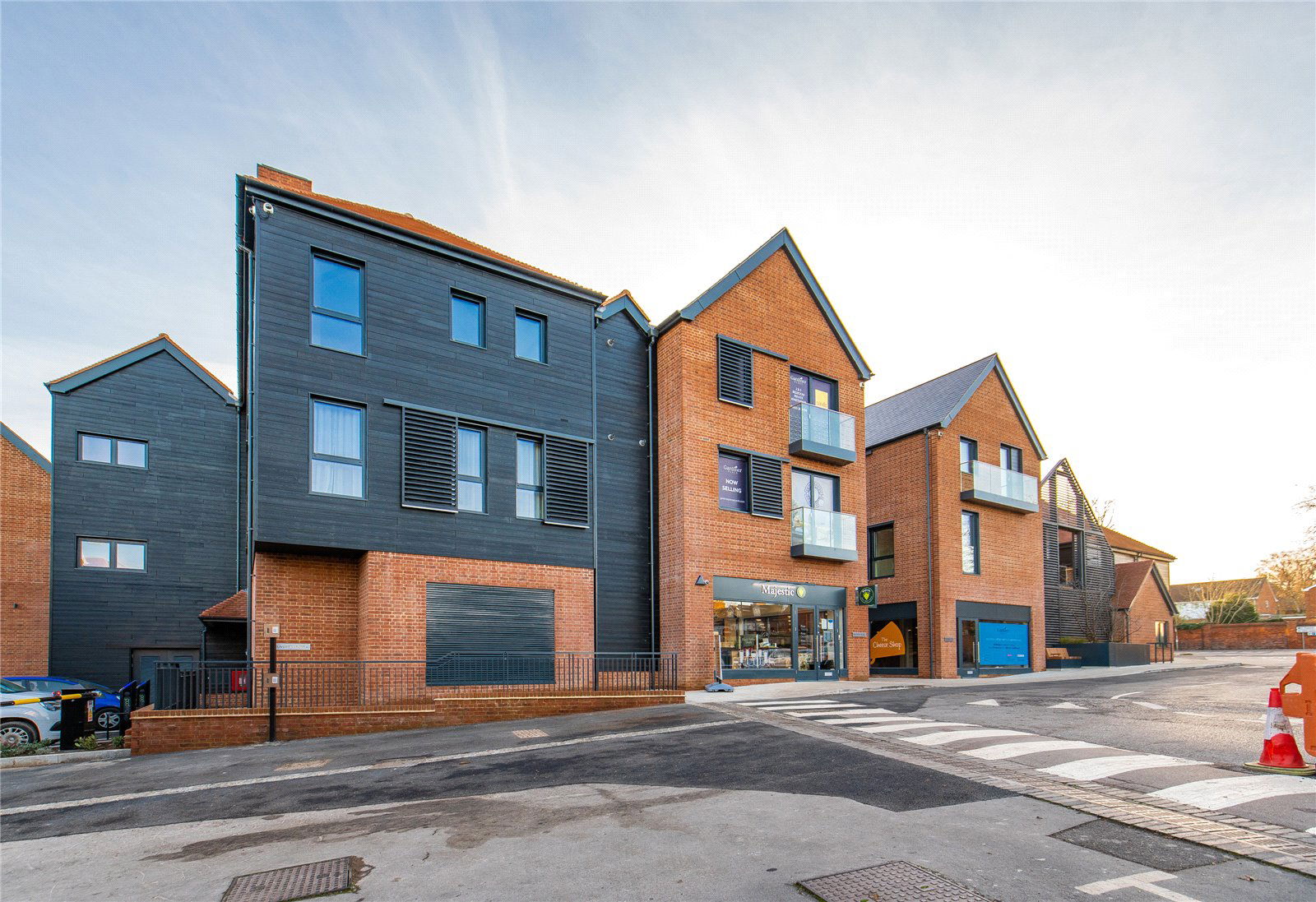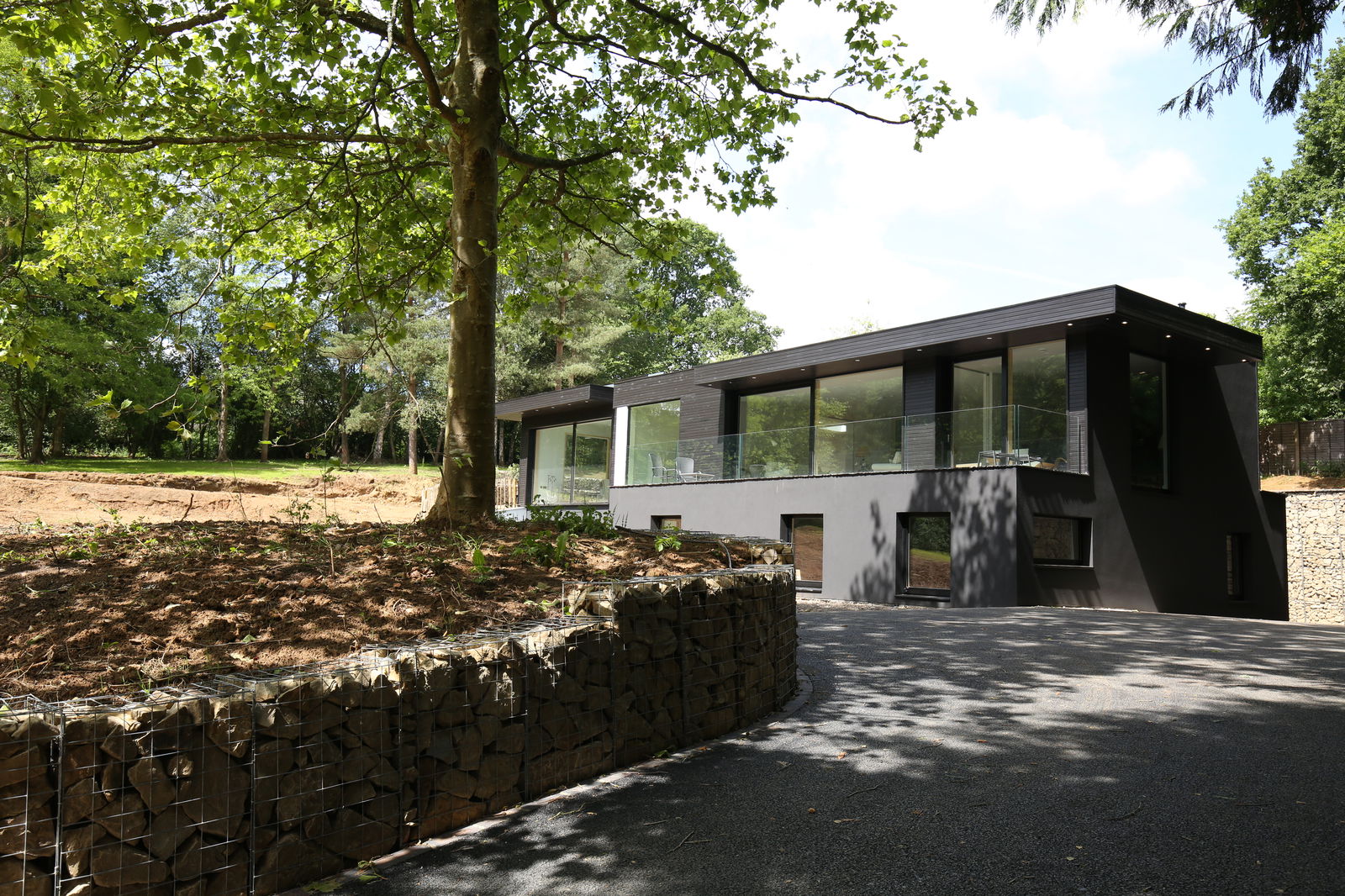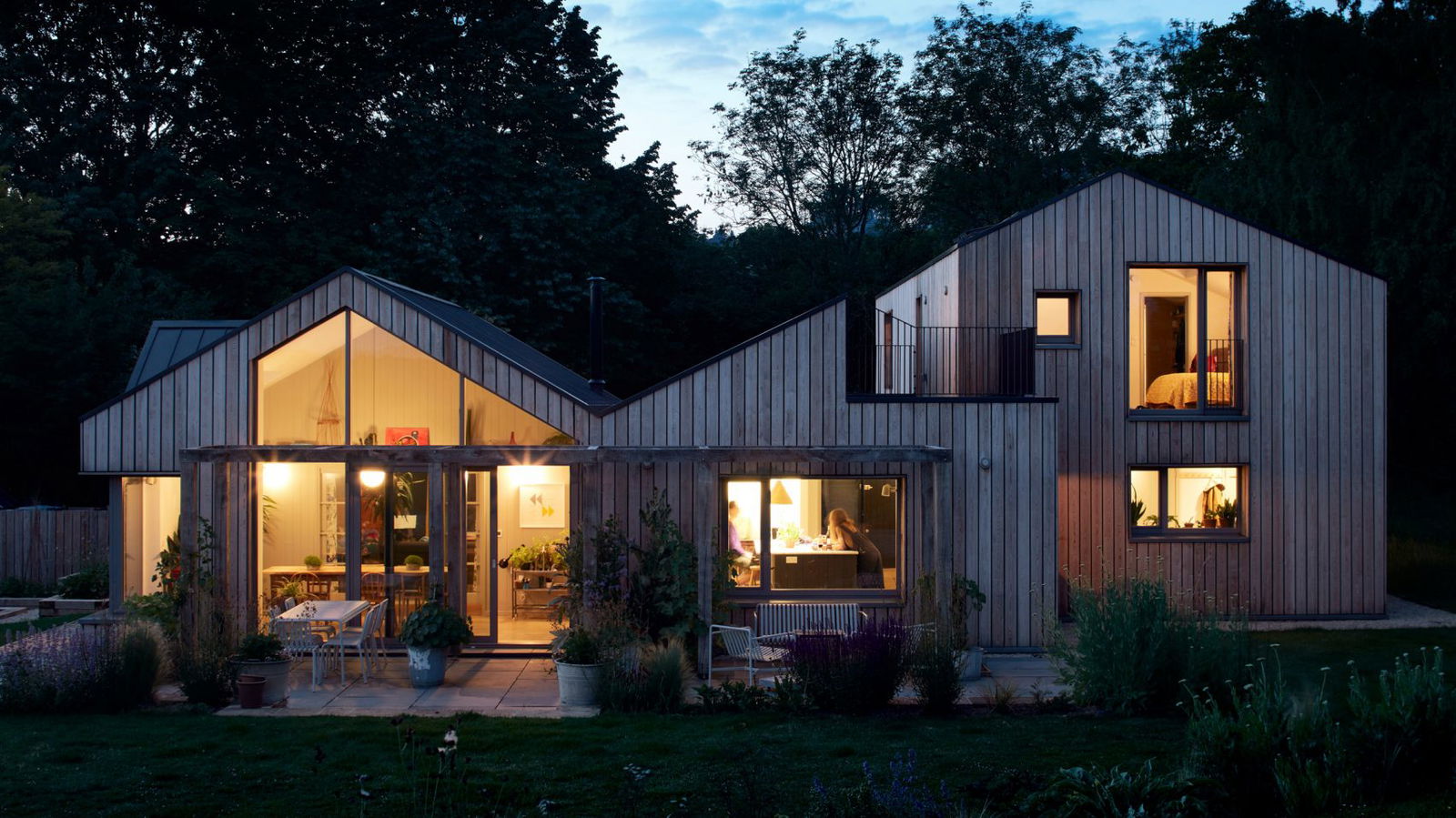What Is the Future Homes Standard?
The Future Homes Standard is part of the UK’s legally binding commitment to achieve net zero carbon emissions by 2050. It builds on the 2021 updates to Part L (Conservation of Fuel and Power) and Part F (Ventilation) of the Building Regulations.
Key elements include:
- Improved insulation & airtightness to reduce heat loss.
- Low-carbon heating systems instead of fossil fuel boilers.
- Tighter energy performance targets, measured through U-values, air permeability, and overall primary energy use.
📌 In practice: homes built to the FHS are expected to produce 75–80% lower carbon emissions than those built to 2013 standards (Gov.uk consultation).
Why Windows and Doors Play a Central Role
Windows and doors represent one of the largest sources of energy loss in a property. Under the FHS, their performance requirements will be stricter than ever.
- Thermal performance: Draft proposals suggest maximum U-values of 0.8 W/m²K for windows and 1.0 W/m²K for doors (BRE briefing). Triple glazing will become the norm.
- Airtightness: Frame design and seals will be held to tighter tolerances to minimise draughts.
- Solar gain balance: Daylight without overheating — especially in south-facing rooms.
- Security and safety: PAS24 certification remains essential.

What This Means for Renovators & Homeowners
Even if you’re not building a new property, aligning with these standards offers clear benefits:
- Lower running costs — reduced heat loss means smaller energy bills.
- Increased comfort — stable indoor temperatures and fewer draughts.
- Future-proofed value — FHS-level performance supports resale appeal.
- Green finance access — lenders increasingly offer better rates for efficient homes.
Practical Steps You Can Take Now
- Check current glazing U-values — above 1.4 W/m²K is behind modern standards.
- Upgrade weather seals and gaskets for airtightness.
- Use solar-control glazing or integrated blinds to limit overheating.
- Choose certified installers — look for PAS24 and FENSA (garage doors excluded).
- Plan phased upgrades — prioritise heat-loss-heavy rooms and south-facing elevations.

How AT-ECO Can Help
We supply and install systems that meet or exceed the Future Homes Standard:
- Internorm Passive House ranges with U-values down to ~0.62 W/m²K.
- Reynaers & Schüco aluminium systems combining slim sightlines and high insulation.
- Drutex uPVC-aluminium hybrids for cost-effective compliance.
- Ryterna entrance and garage doors designed for airtight, secure performance.
With 13+ years’ experience, a FENSA-approved team, and projects across Sevenoaks, Kent, London, Surrey and the South East, every installation is future-ready and backed by warranty and aftercare.






